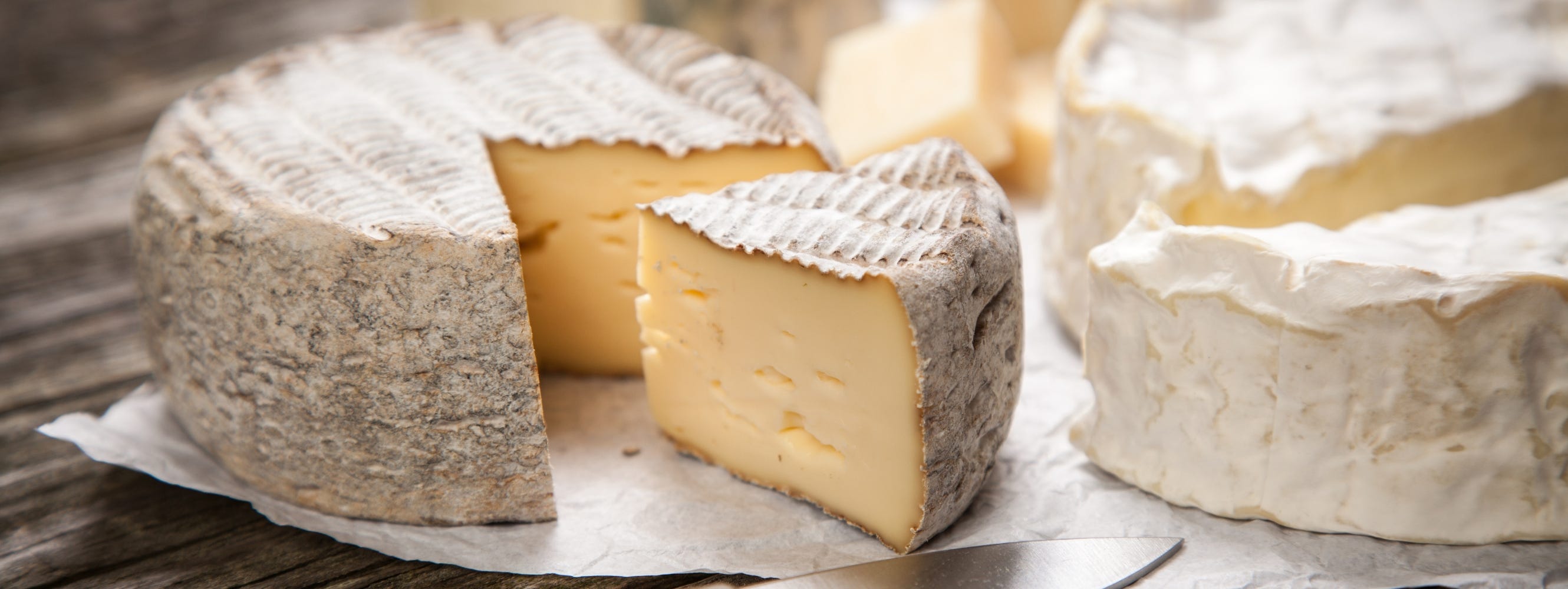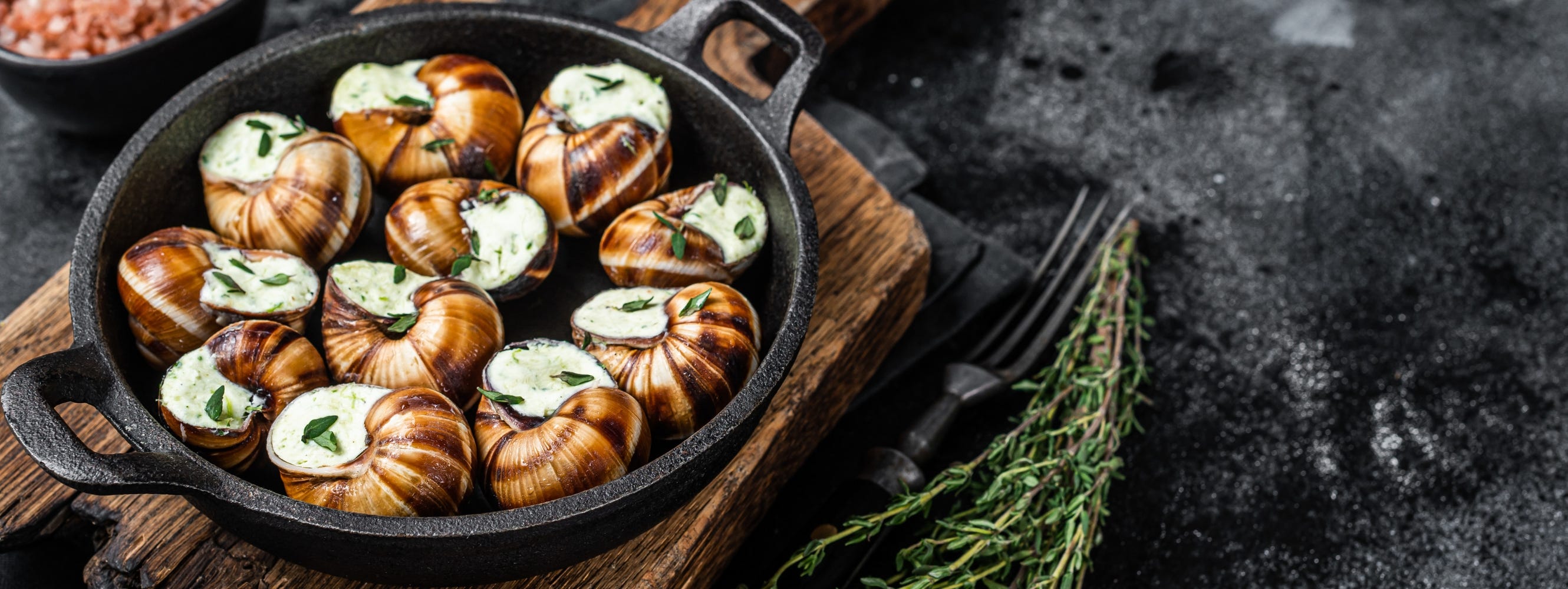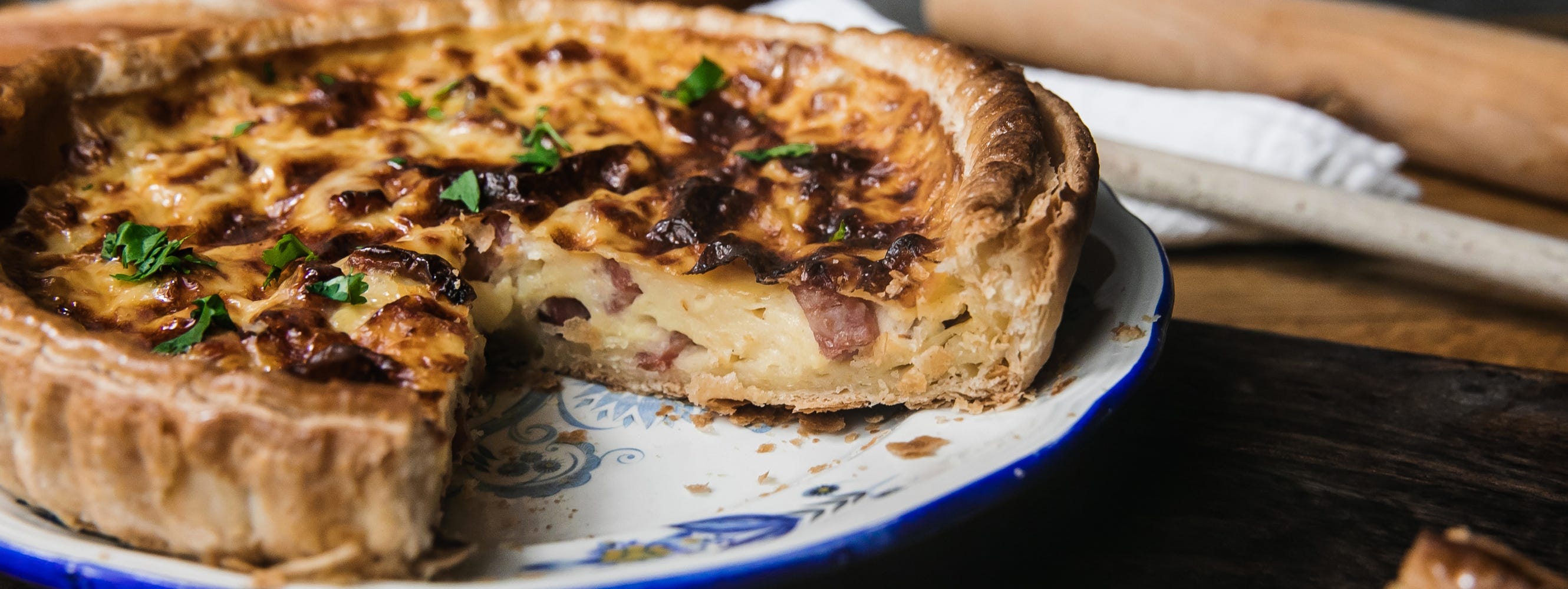Typical French dishes
Discovering French cuisine: UNESCO cultural heritage
French cuisine has a rich and varied history, which is reflected in the diversity and sophistication of its dishes. The history of French food is as rich as it is delicious: since ancient times, France has been a melting pot of cultures, and its cuisine is a living proof. The importance of French cuisine in the world is beyond question, having been declared an intangible cultural heritage of humanity by UNESCO in 2010.
From the Middle Ages to Nouvelle Cuisine
Although the history of French cuisine begins with the Gauls, who developed a cult of good food and good wine, it was during the Middle Ages that people began to talk about banquets. Medieval French banquets were occasions to show off one's rank and wealth.
Under the reign of Louis XIV, French cuisine gained prominence through meals that were presented as veritable theatrical spectacles. More and more attention was focused on the scenic presentation of the table, with the aim of impressing diners through the display of luxury and abundance. In fact, the table was decorated with sugar or marzipan sculptures representing animals or mythological scenes.
Service à la française-that is, the arrangement on the table of all courses so that diners could serve themselves independently-reached its zenith in the 18th century, structuring the meal into several courses: from potages i.e., soups and broths, through hors d'oeuvres and rôtis i.e., roasted meats accompanied by vegetables, to entremets that could be fruit or cheese, and then concluding with desserts.
In the 17th century, chefs such as François Vatel and Marie-Antoine Carême were among the main protagonists of Haute Cuisine. Haute Cuisine represents traditional French cuisine made up of elaborate dishes requiring advanced culinary techniques and very careful presentation with meticulous decorations. On the other hand, Nouvelle Cuisine is a culinary movement that emerged in the 1960s and 1970s as a reaction against the complexity and heaviness of Haute Cuisine. Here, dishes are simpler and lighter, with fewer ingredients and a more modern presentation. Priority is given to fresh, seasonal ingredients and efforts are made to preserve the natural flavor of foods.
The French chef Auguste Escoffier, in the early 20th century, revolutionized the kitchens of the great hotels of the time, introducing organizational methods that laid the foundation for modern professional cooking. In addition to codifying and simplifying the recipes of traditional French cuisine, one of his most significant contributions was the idea of the kitchen brigade to organize the kitchen into different departments, each specializing in a type of preparation, under the leadership of a chef de partie.


The ingredients in French recipes
Despite the wide variety of regional dishes, there are certain ingredients that appear in many traditional recipes. In fact, France is famous for its wide range of French cheeses, including Camembert, Brie, Roquefort, and Comté, strictly to accompany baguettes and pan brioche. A self-respecting French table will certainly not be without butter: the essential element to start a meal with a crouton with herbs, or as a classic ingredient for stews, side dishes and roasts.
Oysters hold a special place in French gastronomic culture. They represent not only a delicious food, but also a symbol of luxury, festivity and tradition. One certainly cannot talk about French cuisine without mentioning foie gras. This is a delicacy made from duck or goose liver, typical of the southwestern regions, often served as an appetizer.
No exploration of French ingredients would be complete without mentioning wine, an integral part of French culinary identity. Each region boasts its own variety, from the full-bodied reds of Bordeaux to the crisp whites of the Loire Valley. Wine is not only a common accompaniment to meals but also a key ingredient in many French dishes.
Herbs such as thyme, rosemary, and tarragon, along with spices like herbes de Provence, play a pivotal role in French cooking, adding layers of subtle flavors. Fresh herbs are often preferred, and they feature prominently in dishes like ratatouille and bouillabaisse.
France is renowned for its diverse use of meat, ranging from common poultry and beef to game and rabbit. Each region has its own specialities, like the duck dishes of the Dordogne and the beef bourguignon of Burgundy. Charcuterie, including sausages and pâté, is a staple in French cuisine, reflecting the country’s love for rich and diverse meat preparations.
The coastal regions of France boast an impressive array of seafood, with dishes like moules marinières (mussels cooked in white wine) and bouillabaisse (a Provencal fish stew). Freshness is paramount, and the variety of seafood available is a testament to the richness of the French coastline.


Popular French dishes
Although France is a country of extraordinary geographical and cultural diversity, there is one dish that truly represents each region: onion soup. Soupe à l'oignon has ancient origins; it was a popular dish among night workers and merchants, who consumed it in the early morning hours as refreshment after a long night's work. Considered a humble, inexpensive and nutritious dish, onion soup is prepared with finely sliced and caramelized onions, meat or chicken broth, bread croutons and grated cheese, usually Gruyère or Emmental, grated in the oven until golden and stringy.
Provence, sun-kissed and washed by the Mediterranean Sea, is the realm of herbs, olive oil and fish dishes. Ratatouille is a traditional, highly colorful and fragrant dish that celebrates the flavors and aromas of the Mediterranean. The original recipe is prepared with a variety of fresh, seasonal vegetables, such as eggplant, zucchini, peppers, tomatoes, and onions. The vegetables are cut into rounds, flavored with herbs and arranged in a pan in alternating colors and finally stewed over low heat.
Burgundy is renowned for its fine wines and rich dishes such as boeuf bourguignon, which is a slow cooked beef stew, a typical French main course, cooked in a rich red wine sauce, meat stock, onions, carrots and garlic. The slow and long cooking allows the flavors to blend perfectly, resulting in a deep and enveloping dish.
Coq au Vin, a celebrated jewel in the crown of French cuisine, has a long history that dates back to the rural heartlands of the region of Burgundy. This dish, whose name translates to "rooster in wine," has journeyed from its humble beginnings as a peasant meal to a revered classic in the culinary world. Its inception was rooted in practicality—using wine to tenderize the tough meat of older roosters.
The essence of Coq au Vin lies in its ingredients and the careful process of preparation. While traditionally older roosters were used, modern interpretations often favor chicken legs for their tenderness and robust flavor. The choice of wine is pivotal, with Burgundy wine being the traditional pick. However, many chefs opt for local wines, lending unique regional nuances to the dish. The depth and complexity of the dish are further enhanced by the addition of aromatics like onions, garlic, and carrots, and herbs such as thyme and bay leaves.
Paris is best represented by the Croque Monsieur: a true symbol of taste and sophistication that embodies the culinary elegance of France. This delicious au gratin sandwich is not just a simple sandwich, but a true gastronomic experience that awakens the senses with its perfect combination of flavors.
The Croque Monsieur is a hot sandwich consisting of two slices of bread, traditionally brioche bread, stuffed with ham and cheese, usually emmental or gruyère. The true specialty of this sandwich is found in its topping: a generous amount of béchamel sauce and additional cheese that, when baked, give Croque Monsieur that golden, irresistible crunchiness that makes it so special.







